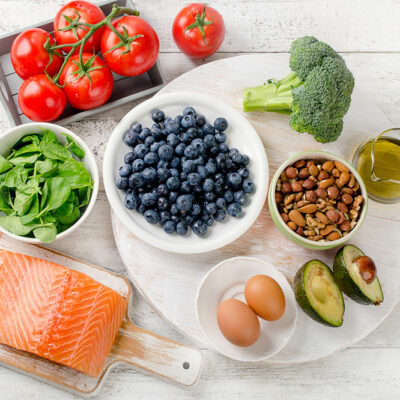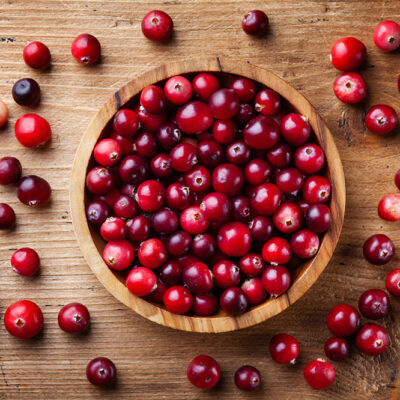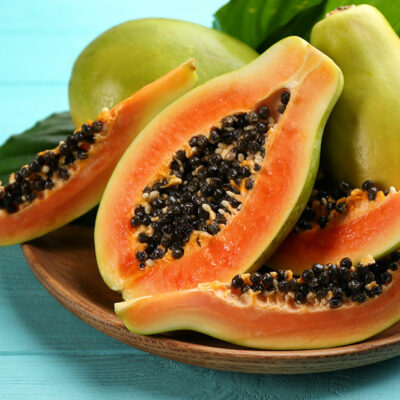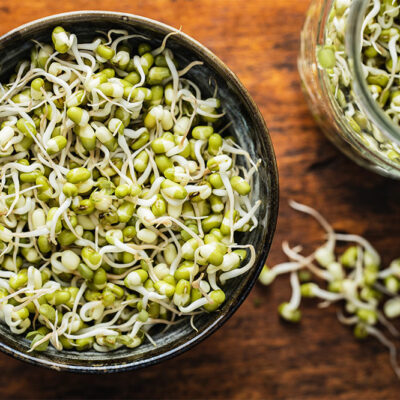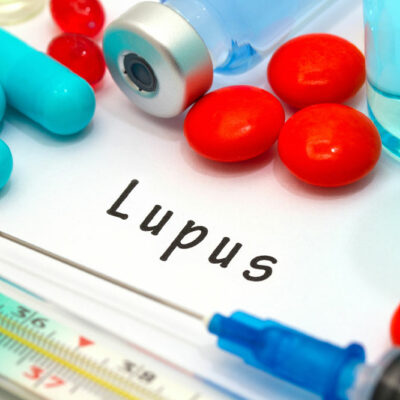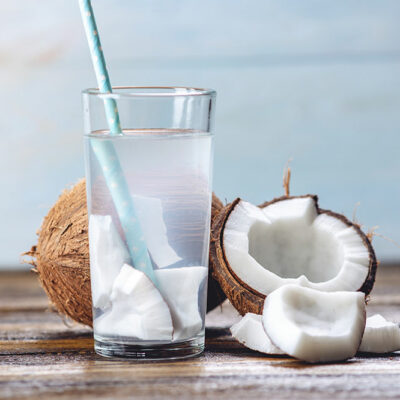
health
7 foods that are rich in potassium
Among several minerals and nutrients necessary for the human body, potassium often gets sidelined or forgotten. A large number of people do not get the right amount of potassium from their everyday meals. Sodium and potassium are two minerals that are responsible for maintaining electrolyte balance in the body. There are several foods that are rich in potassium and can be included in your meals. Some of them are listed below: Bananas Most people are already aware that bananas are rich sources of potassium. One medium-sized banana packs approximately 122 milligrams of potassium in it. Consuming bananas is great for ensuring that there is no deficiency of potassium in your body. You can also opt for plantains instead of bananas for similar nutrition requirements. Moreover, these foods are also rich in several other vitamins, minerals, and fibers that are good for your digestive health. Potatoes Potatoes are also essential food ingredients rich in potassium and can contain around 900 milligrams of potassium. A useful way to get the most benefits from potatoes is by consuming them with their skin intact since it is extremely rich in essential nutrients. Even sweet potatoes are also loaded with potassium and may contain as much as 500 milligrams of potassium with its skin intact.
